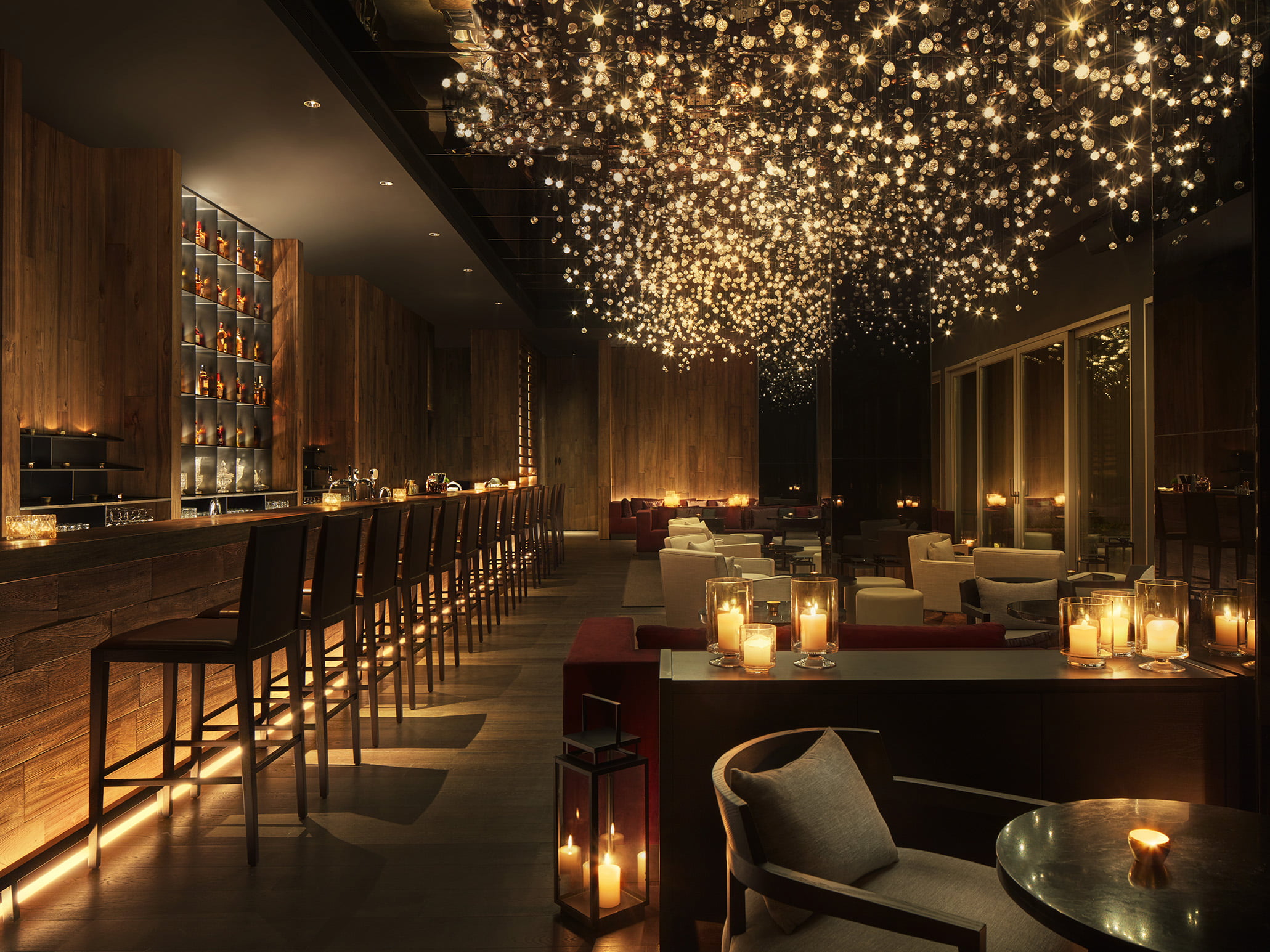Restaurant: Top tips for Selecting the Best Dining Spot
Hello and welcome, fellow bloggers and restaurant Taupo nz enthusiasts! I am thrilled to have this opportunity to share with you some valuable tips on creating effective blog outlines for restaurant content.
As someone who is passionate about both writing and dining out, I understand the importance of organizing ideas and delivering valuable information to our readers. So, let's dive in and explore the art of crafting structured blog outlines that will captivate and delight your audience.
1. Know Your Target Audience
Before we embark on the journey of creating a structured blog outline, it is essential to understand our target audience. Different types of customers have different preferences, interests, and needs when it comes to dining out. For example, families may be interested in kid-friendly restaurants or places that offer a variety of menu options suitable for all ages. On the other hand, food enthusiasts may be looking for hidden gems, unique culinary experiences, or the latest food trends. By tailoring our content to the specific interests of our target audience, we can ensure that our blog posts resonate with them and provide valuable information.
2. Choose Engaging Topics
Once we have a clear understanding of our target audience, it's time to brainstorm unique and interesting topics for our blog posts. Engaging topics are crucial in capturing the attention of our readers and keeping them hooked throughout the post. Consider topics such as "Top 10 Must-Try Dishes" or "Chef's Special Recipe Revealed." These topics not only pique the curiosity of our audience but also provide them with valuable insights and recommendations. Remember, creativity is the key to standing out in the crowded world of restaurant blogging.
3. Define Clear Objectives for Each Blog Post
Setting clear objectives for each blog post helps us maintain focus and ensure that our content serves a purpose. Whether our goal is to inform, educate, entertain, or promote, defining these objectives upfront enables us to craft a blog post that delivers on its intended purpose. For example, if our objective is to inform, we may focus on providing detailed descriptions and information about a specific restaurant or menu item. On the other hand, if our goal is to entertain, we may include humorous anecdotes or interesting stories related to the restaurant industry.
4. Create a Captivating Introduction
They say, "You never get a second chance to make a first impression," and this holds true for blog posts as well. The introduction is the gateway to our blog post, and a friendly, attention-grabbing introduction is crucial in captivating our readers from the very beginning. Consider using storytelling techniques or intriguing facts to hook your audience. For example, you can start by describing a mouth-watering dish and the experience of savoring it. By making our readers feel like they are a part of the story, we can create a sense of connection and keep them engaged throughout the post.

5. Organize Subheadings and Paragraphs
To enhance readability, it is essential to organize our content into logical subheadings. Subheadings act as signposts, guiding our readers through the flow of our blog post. Each subheading should provide a brief overview of the content that follows, allowing readers to navigate easily and find the information they are looking for. Additionally, using short paragraphs with engaging subheadings helps maintain the interest of our readers and prevents them from getting overwhelmed by long chunks of text.
6. Utilize Visuals
They say, "A picture is worth a thousand words," and this adage holds true in the world of blogging as well. Incorporating eye-catching visuals, such as high-quality food images, can greatly enhance the overall appeal of our blog posts. Visuals not only make our content visually appealing but also help to convey information more effectively. For example, a picture of a beautifully plated dish can entice readers to try it themselves. To ensure accessibility and improve user experience, it is important to add captions or brief descriptions to our visuals.
7. Include Relevant Keywords
Incorporating relevant keywords into our blog posts can greatly improve search engine optimization (SEO) and attract more organic traffic to our website. But it is important to use keywords naturally within the content. Keyword stuffing or overusing keywords can not only harm our SEO efforts but also make our content seem unnatural and spammy to readers. So, make sure to do thorough keyword research and strategically incorporate the keywords into your blog posts to increase visibility and reach a wider audience.
8. Incorporate Personal Experiences or Customer Reviews
One of the most effective ways to add authenticity and trustworthiness to our blog posts is by sharing personal experiences or highlighting positive customer reviews. By incorporating anecdotes, testimonials, or success stories, we can engage our readers on a more personal level. For example, sharing our own experiences dining at a particular restaurant or featuring a customer's review can provide valuable insights and recommendations. This personal touch helps our readers connect with us and builds trust in our recommendations.
Conclusion:
Congratulations! You have now learned the art of creating structured blog outlines for restaurant Taupo nz content. We have discussed the importance of understanding our target audience, choosing engaging topics, defining clear objectives, creating captivating introductions, organizing subheadings and paragraphs, utilizing visuals, including relevant keywords, incorporating personal experiences and customer reviews, and making use of call-to-action.
By following these guidelines, you can craft blog posts that not only captivate and delight your audience but also provide valuable information and recommendations.
Source: https://lonestartaupo.godaddysites.com/f/restaurant-top-tips-for-selecting-the-best-dining-spot




Comments
Post a Comment